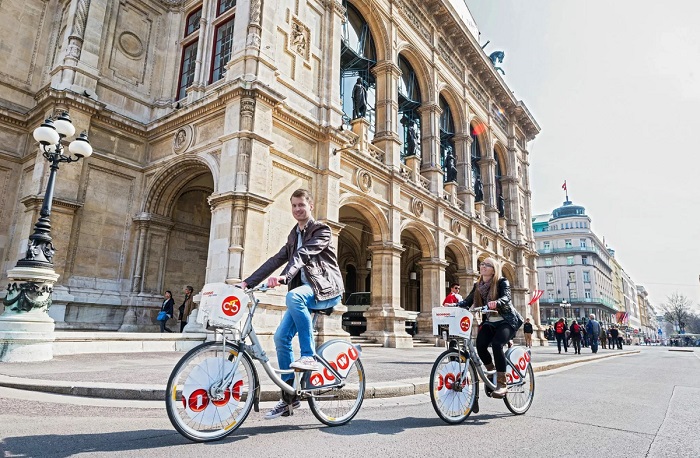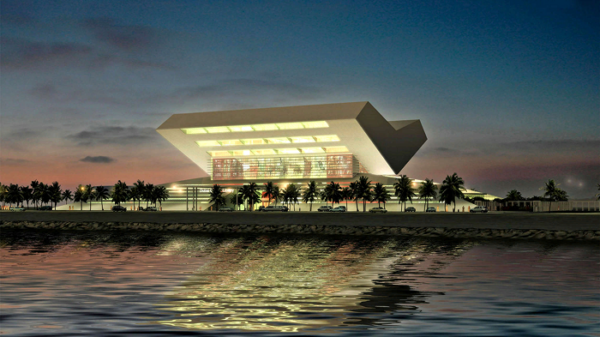Vienna, Austria’s historic capital, is renowned for its imperial palaces, vibrant arts scene, and café culture. Yet, beyond its cobblestone streets and Baroque architecture, the city is quietly forging a reputation as a haven for cyclists. With a growing network of bike lanes, innovative bike-sharing systems, and a commitment to sustainable urban mobility, Vienna invites both locals and visitors to explore its charms on two wheels.
Infrastructure: Building a Bike-Friendly Metropolis
Vienna’s cycling infrastructure has expanded significantly, boasting over 1,400 kilometers of bike paths as of 2022. These include protected lanes, shared streets, and scenic routes along waterways like the Danube Canal. The city’s Radhauptbahn network—a series of bike highways—connects key districts, ensuring efficient commutes. Safety features such as dedicated traffic lights, bike boxes at intersections, and ample signage reflect Vienna’s prioritization of cyclist safety. Integration with public transport is seamless: cyclists can park at U-Bahn stations or bring bikes on trams and trains during off-peak hours. E-Mountainbike rent in Vienna also is quite popular service.
Citybike Wien: Sharing the Ride
Since 2003, Vienna’s bike-sharing program, Citybike Wien, has been a cornerstone of urban mobility. With 120+ stations and 3,000 bikes, it offers an affordable solution for short trips. The first hour is free, encouraging spontaneous rides. Users unlock bikes via app or card, making it tourist-friendly. Complementing this system are e-bike and cargo bike rentals, supported by city subsidies to promote eco-friendly transport.
Scenic Routes and Recreational Cycling
Cycling in Vienna isn’t just practical—it’s a pleasure. The Danube Island (Donauinsel), a 21-kilometer recreational oasis, offers car-free paths perfect for leisurely rides. The Prater Park, home to the iconic Giant Ferris Wheel, features tree-lined trails, while the Ringstraße allows cyclists to glide past landmarks like the Vienna State Opera. For commuters, the Danube Canal path provides a picturesque route into the city center. You can also rent a gravel bike in Vienna
Community and Events: Celebrating Cycling Culture
Vienna’s cycling community thrives through events like the Vienna Bike Festival, which showcases innovations in bike technology, and Critical Mass rides, advocating for cyclist rights. During European Mobility Week, the city emphasizes sustainable transport, closing streets to cars and hosting family-friendly cycling activities. These initiatives foster a culture where biking is both a lifestyle and a statement for greener urban living.
Challenges and Innovations
Despite progress, challenges remain. Winters, though mild, require gritting bike paths and promoting year-round cycling. Historic districts with narrow streets pose design challenges for lane expansions. The city addresses these by investing in heated paths and expanding parking facilities. Security measures, including bike registration programs, combat theft, a common concern in urban areas.
The Road Ahead: Vienna’s Cycling Vision
Vienna aims for 20% of all trips to be by bike by 2025, part of its broader climate neutrality goals. Future plans include expanding the Radhauptbahn network, adding 1,000 new bike parking spaces annually, and creating car-free zones in the city center. E-bike subsidies and awareness campaigns further underscore Vienna’s commitment to a pedal-powered future.
Conclusion: Vienna’s Two-Wheeled Transformation
Vienna exemplifies how a city can blend heritage with modernity. By prioritizing cycling, it enhances quality of life, reduces emissions, and offers a unique way to experience its beauty. Whether you’re a commuter weaving through the Innere Stadt or a tourist cruising along the Danube, Vienna invites you to join its cycling revolution—one pedal stroke at a time.
Explore Vienna differently. Grab a bike, feel the breeze, and discover why this city is on track to become Europe’s next great cycling capital.
Vienna, Austria’s historic capital, is renowned for its imperial palaces, vibrant arts scene, and café culture. Yet, beyond its cobblestone streets and Baroque architecture, the city is quietly forging a reputation as a haven for cyclists. With a growing network of bike lanes, innovative bike-sharing systems, and a commitment to sustainable urban mobility, Vienna invites both locals and visitors to explore its charms on two wheels.
Infrastructure: Building a Bike-Friendly Metropolis
Vienna’s cycling infrastructure has expanded significantly, boasting over 1,400 kilometers of bike paths as of 2022. These include protected lanes, shared streets, and scenic routes along waterways like the Danube Canal. The city’s Radhauptbahn network—a series of bike highways—connects key districts, ensuring efficient commutes. Safety features such as dedicated traffic lights, bike boxes at intersections, and ample signage reflect Vienna’s prioritization of cyclist safety. Integration with public transport is seamless: cyclists can park at U-Bahn stations or bring bikes on trams and trains during off-peak hours. E-Mountainbike rent in Vienna also is quite popular service.
Citybike Wien: Sharing the Ride
Since 2003, Vienna’s bike-sharing program, Citybike Wien, has been a cornerstone of urban mobility. With 120+ stations and 3,000 bikes, it offers an affordable solution for short trips. The first hour is free, encouraging spontaneous rides. Users unlock bikes via app or card, making it tourist-friendly. Complementing this system are e-bike and cargo bike rentals, supported by city subsidies to promote eco-friendly transport.
Scenic Routes and Recreational Cycling
Cycling in Vienna isn’t just practical—it’s a pleasure. The Danube Island (Donauinsel), a 21-kilometer recreational oasis, offers car-free paths perfect for leisurely rides. The Prater Park, home to the iconic Giant Ferris Wheel, features tree-lined trails, while the Ringstraße allows cyclists to glide past landmarks like the Vienna State Opera. For commuters, the Danube Canal path provides a picturesque route into the city center. You can also rent a gravel bike in Vienna
Community and Events: Celebrating Cycling Culture
Vienna’s cycling community thrives through events like the Vienna Bike Festival, which showcases innovations in bike technology, and Critical Mass rides, advocating for cyclist rights. During European Mobility Week, the city emphasizes sustainable transport, closing streets to cars and hosting family-friendly cycling activities. These initiatives foster a culture where biking is both a lifestyle and a statement for greener urban living.
Challenges and Innovations
Despite progress, challenges remain. Winters, though mild, require gritting bike paths and promoting year-round cycling. Historic districts with narrow streets pose design challenges for lane expansions. The city addresses these by investing in heated paths and expanding parking facilities. Security measures, including bike registration programs, combat theft, a common concern in urban areas.
The Road Ahead: Vienna’s Cycling Vision
Vienna aims for 20% of all trips to be by bike by 2025, part of its broader climate neutrality goals. Future plans include expanding the Radhauptbahn network, adding 1,000 new bike parking spaces annually, and creating car-free zones in the city center. E-bike subsidies and awareness campaigns further underscore Vienna’s commitment to a pedal-powered future.
Conclusion: Vienna’s Two-Wheeled Transformation
Vienna exemplifies how a city can blend heritage with modernity. By prioritizing cycling, it enhances quality of life, reduces emissions, and offers a unique way to experience its beauty. Whether you’re a commuter weaving through the Innere Stadt or a tourist cruising along the Danube, Vienna invites you to join its cycling revolution—one pedal stroke at a time.
Explore Vienna differently. Grab a bike, feel the breeze, and discover why this city is on track to become Europe’s next great cycling capital.




